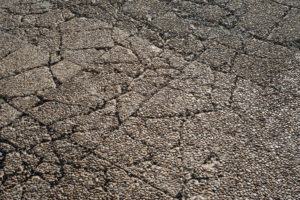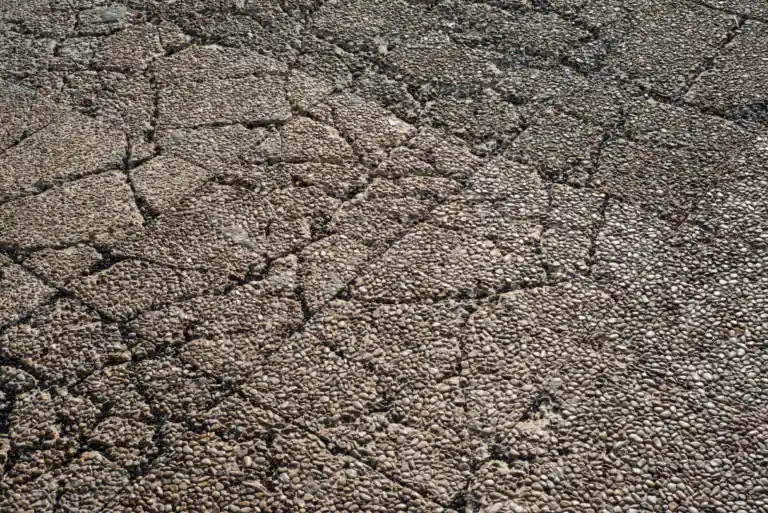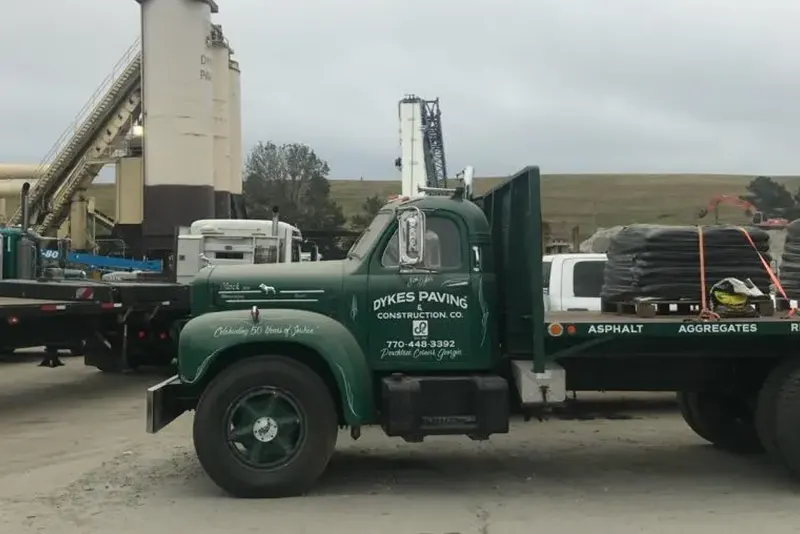 Asphalt may seem incredibly strong – and it is for the most part – but that doesn’t mean that it doesn’t have its weaknesses. This is especially true as the seasons change due to the fact that asphalt is sensitive to both cold and hot temperatures. Because of this, it’s incredibly important that you take care of your property’s asphalt through the use of asphalt resurfacing and rehabilitation whenever it is required.
Asphalt may seem incredibly strong – and it is for the most part – but that doesn’t mean that it doesn’t have its weaknesses. This is especially true as the seasons change due to the fact that asphalt is sensitive to both cold and hot temperatures. Because of this, it’s incredibly important that you take care of your property’s asphalt through the use of asphalt resurfacing and rehabilitation whenever it is required.
How cold temperatures affect asphalt
When winter comes, the temperatures often drop to a point where freezing occurs both below and above the asphalt, which can result in cracks occurring. When cracks occur, water can seem into the asphalt. This is a serious issue during the winter months, since the water that has penetrated the asphalt can then freeze if it gets cold enough. You can imagine what happens next – since water expands when it freezes, the asphalt will split even further, which can result in the beginning of a pothole.
How hot temperatures affect asphalt
Just because you live in a warmer climate does not mean that your asphalt won’t be affected by extreme temperatures. Heat can cause cracks as well, which can result in water seeping in. The water may not damage the asphalt in the same way that it can if it freezes due to cold temperatures, but it can damage the asphalt by eroding the sub-surface layers. This results in an air gap forming within the pavement. If the pavement above these sub-surface gaps experiences any pressure, such as the weight of a vehicle passing over it, the top layer of the asphalt will sag, collapse and then crumble, thereby forming a pothole.
How rain affects asphalt
There tends to be more rain during certain times of the year, such as the fall and spring seasons. Like we mentioned previously, if your asphalt has any cracks, it becomes even more vulnerable to rain since water can then penetrate the asphalt and cause serious issues later on. However, steeper terrain can impact the erosion of asphalt as well. If the asphalt is at a steep elevation, then rain can wash away the liquid asphalt little by little over time, leaving behind only bare rock and aggregate. The aggregates and asphalt are then more likely to break off and end up run-off, storm drains and gutters. What exactly is liquid asphalt? Basically, it’s a petroleum based product that is used to bond together aggregates, such as stone and rock, that form the asphalt.
Preventing the seasons from damaging your asphalt
As you can see, your asphalt can be seriously damaged due to the weather, whether it’s the heat, the cold or even the rain. To prevent serious damage from occurring, you should seal your asphalt every few years in order to protect the surface layer. This will help to keep water from penetrating the asphalt and add an extra layer of protection against extreme temperatures.
Additionally, any cracks and holes that do form should be repaired immediately. Not only do they negatively affect the curb appeal of your property and create a safety hazard for both pedestrians and drivers, but asphalt cracks and holes will only worsen over time. The quicker you fix even the smallest crack, the less of a chance that water will penetrate the asphalt and that the crack will grow even more.
If it’s about time to reseal your property’s asphalt, or if you have identified cracks or holes in your asphalt that requires resurfacing and rehabilitation, then contact us at Dykes Paving today for more information about our asphalt resurfacing and rehabilitation services.








